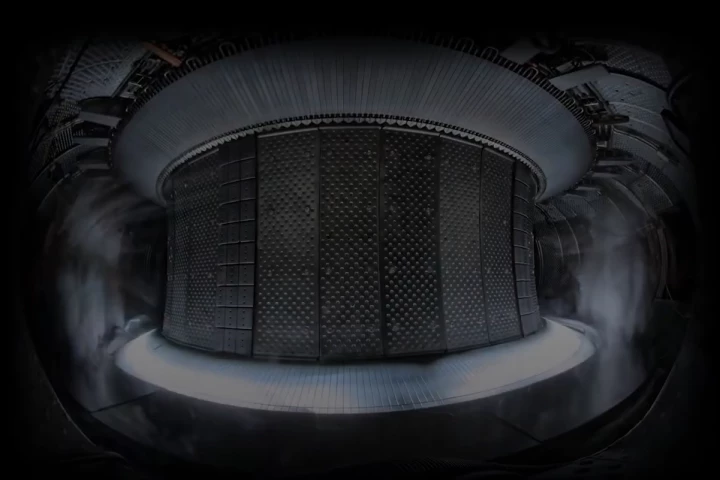On August 13, comet 67P/Churyumov–Gerasimenko and ESA’s unmanned Rosetta probe made their closest approach to the Sun. Both are now heading for the outer Solar System, but Rosetta still has secrets to reveal. One is that the comet has a daily water cycle that, according to the space agency, keeps it "alive."
Rosetta continues to study the comet during its peak period of activity as it speeds away from the Sun. This not only provides insights into the nature of a comet at its most active, but also gives comparative data for earlier observations, such as those conducted in September of last year shortly after the arrival of Rosetta that led to the discovery of the water cycle.
According to the Rosetta data, a comet is more than just a dirty snowball that shoots out jets of water vapor and dust as it approaches the Sun. There more complex processes at work – many of which are cyclical in nature.
In September 2014, the probe's Visible, InfraRed, and Thermal Imaging Spectrometer (VIRTIS) instrument made detailed observations of an area in the neck of the dumbbell-shaped comet called Hapi. This 1-sq km (0.39-sq-mi) area is regularly plunged into darkness as 67P rotates every 12 hours and is in one of the most active areas of the comet.
What VIRTIS found was water ice in the image spectra that appeared at night and disappeared during the day. The implication was that water was collecting and freezing at Hapi in the dark and then sublimating away when sunlight hit it.

"We found a mechanism that replenishes the surface of the comet with fresh ice at every rotation: this keeps the comet 'alive,'" says Maria Cristina De Sanctis from the Italian National Institute for Astrophysics – Istituto di Astrofisica e Planetologia Spaziali (INAF-IAPS) in Rome, Italy.
Since the ice appeared and vanished so quickly, it couldn't be much more than a centimeter thick, but the regularity of its appearance indicated that some sort of mechanism was at work. In this case, ESA believes that 67P is acting like a gigantic flash freezer.
The thing about outer space is that it has nothing in the way of insulating properties when it comes to heat radiating away. On the Earth, if you step out of the sunlight and into the shade, you get a bit more cooler but you don't suddenly freeze to death. On the other hand, on the surface of comet 67P, you go between one extreme to another because of the lack of air. In the shade, the temperature is hundreds of degrees below freezing, but in the sunlight the temperature suddenly rises above the boiling point of water.
What scientists believe is happening on comet 67P is that, as the Hapi region rotates into darkness, its surface is suddenly chilled to subzero temperatures. However, the interior of the comet, which retains the heat that it picked up during the day, continues to boil and sublimate water ice, carbon dioxide, and other volatiles into gases. These blow out of the comet in the form of jets and, as the water vapor encounters the freezing surface, it's recondensed into the patches of ice that were seen by the Rosetta spacecraft. When the Sun rises, the ice once again sublimates, quickly vanishes, and the cycle repeats itself.

According to ESA, it's a cycle that science has suspected may be at work on comets, but this is the first time it is actually being observed and confirmed. In addition, the VIRTIS observations allow scientists to estimate that the area under Hapi consists of 10 to 15 percent water and that the water vapor escaping from the region may account for 3 percent of the comet's total emissions.
The space agency says it will continue to monitor 67P for as long as Rosetta has power before bringing it in for a controlled landing on the comet, which will end its extended mission.
The findings of the Rosetta team were published in Nature.
Source: ESA







